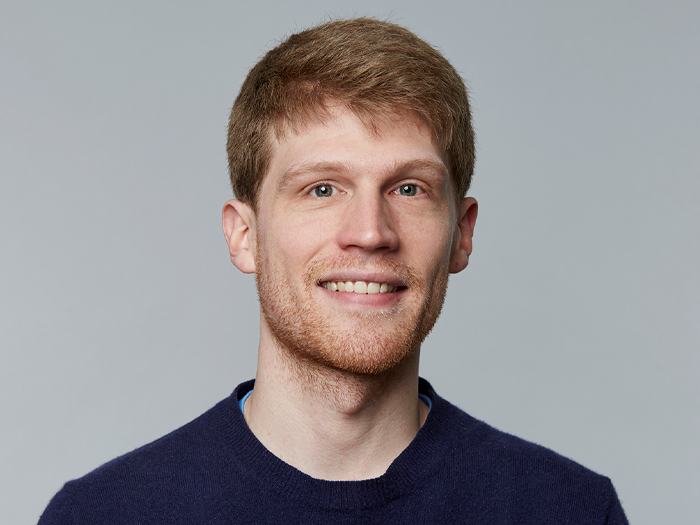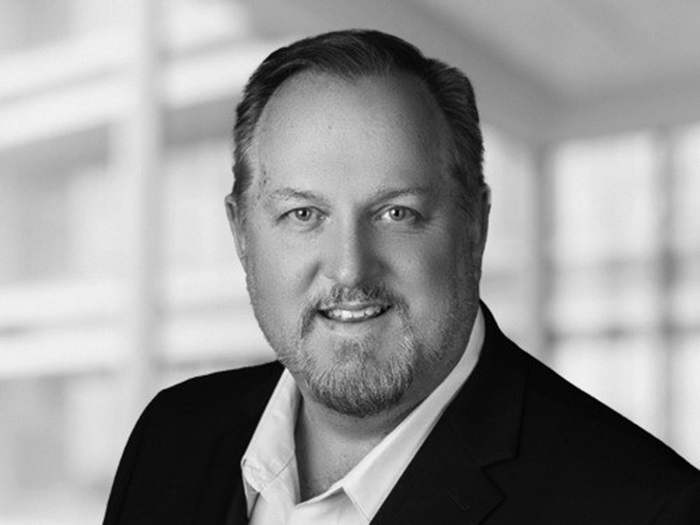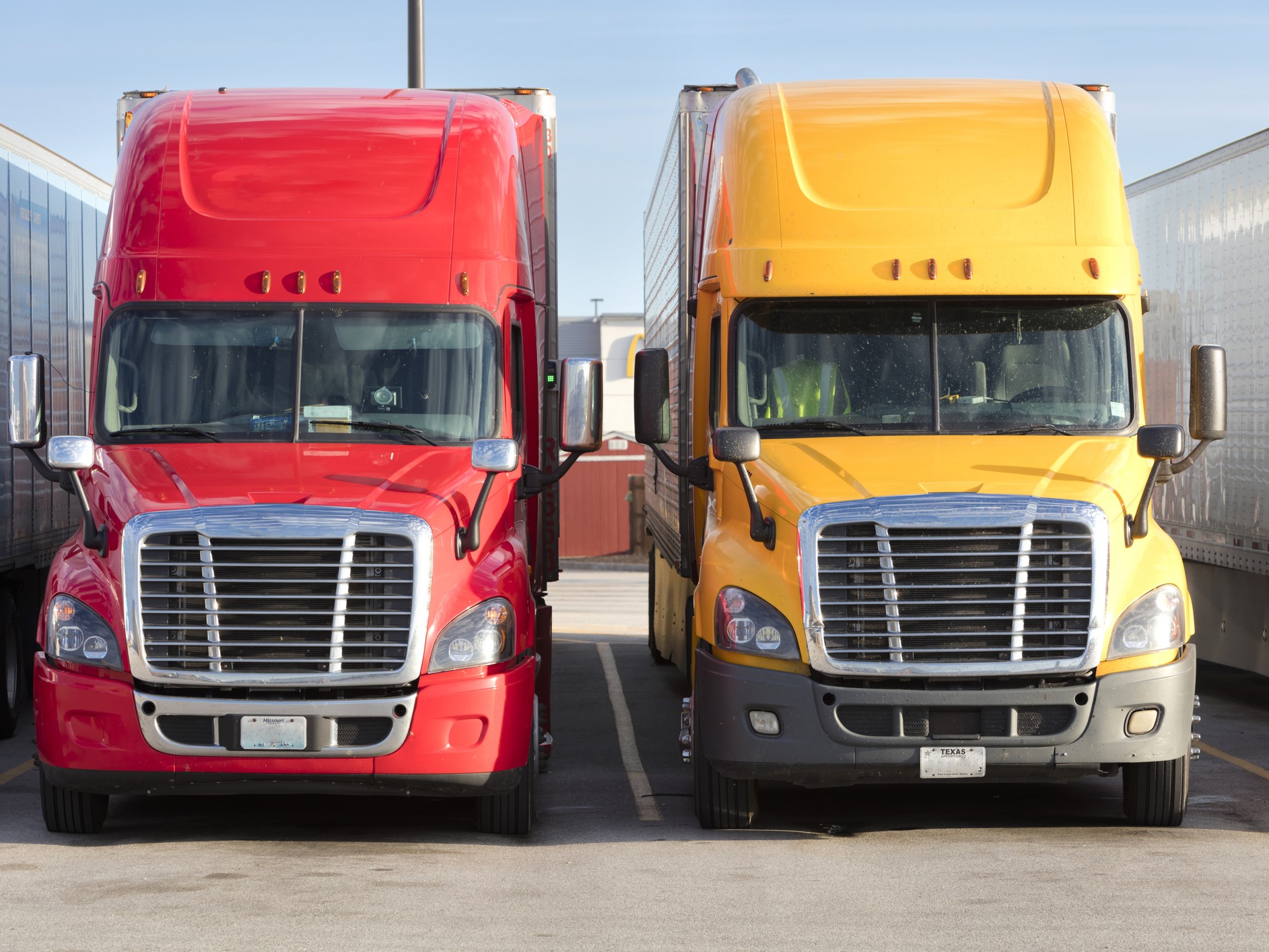Reducing Falls in Long-Term Care. How AI-Powered Cameras Are Changing the Game for Caregivers

Nursing homes and long-term care facilities have seen a steady increase in indemnity claims since 2012 — resident falls now make up 75% of total closed claims with payment, according to a report released in March by Oliver Wyman Actuarial Consulting and the senior living and long-term care industry practice at Marsh.
For comparison, the next-largest claims cause made up less than 6% of that total. At an average claim cost of $189,000, resident falls constitute 49% of the industry’s paid indemnity and response.
And this problem is poised to grow. By 2030, roughly 72 million older adults will experience 52 million falls, costing $101 billion each year.
Clearly, the expense of claims due to resident falls is a major burden on these facilities, especially as they struggle with staffing. But these claims don’t just represent inevitable accidents — they represent cases of perceived negligence, where caretakers are found to have failed to take proper preventative measures or respond in an appropriate manner after the fact.
San Francisco-based SafelyYou is working to prevent these negligence claims by using AI to rally faster, more effective responses in the case of resident falls.
Risk & Insurance® recently had the opportunity to ask George Netscher, CEO of SafelyYou, how the company strives to achieve a reduction in resident fall claims. This conversation has been edited for length and clarity.
Risk & Insurance: Can you tell me a bit about your background and how it led you to found SafelyYou?
George Netscher: I started this company for my mom. Her mother died from Alzheimer’s, her sister is currently living in a memory care community with the disease, and she’s confirmed that she’s genetically predisposed.
Given it seemed so likely she would go through the same process, I felt like I had this little window of time to build a better world for her. I knew there had to be a better way to care for this vulnerable population.
And it’s not just my family’s experience, it’s the families of more than 6 million people just in the U.S. alone. I believed innovation was the answer, and so I focused my PhD research at UC Berkeley on using AI to support those with cognitive impairment, and that inspired SafelyYou.
R&I: How great is the need for a service like yours?
GN: Every second of every day in the United States, someone 65 or older has a fall. They’re the leading cause of both fatal and nonfatal injury for seniors.
And they’re one of the biggest challenges for senior care providers, because 95% of falls are unwitnessed, which means no one saw how it happened — you may have a resident with cognitive decline who cannot recall or communicate how it happened, so you have no clear insight into how to help keep it from happening again.
So, you have repeat falls and high-risk residents. That can begin serious health decline for a resident — one in four falls results in a higher level of care — and it means increased staffing strain for teams that are likely already at capacity.
Currently, falls cost our health system $50 billion a year. And by 2030, we’ll have 72 million older adults experiencing a combined 52 million falls every year — at a cost of $101 billion per year. These numbers are staggering. And the extraordinary cost of falls for our health system today is going to double in just seven years.
A lot of the burden of that cost is carried by payers, due to the high number of ER visits. For a senior living community, the average cost of a single fall is $5,267. Based on what we see when we start working with a community, a 30-bed memory care community will average 13 falls with injury per year.
That adds up to $190 per resident per month.
I don’t think stakeholders across senior care realize just how much falls are costing them, or always that the risk can be reduced.
In some ways, falls are seen as just an inevitable part of aging. It doesn’t have to be that way, but it’s going to take everyone working together to solve it. And that’s what SafelyYou is committed to for our partners: reducing falls, reducing risk, reducing costs.
We empower staff to provide higher-quality care, creating better outcomes for residents.
R&I: What does SafelyYou set out to accomplish for the residents in nursing homes and long-term care facilities?
GN: SafelyYou products are intended to solve critical challenges for senior living operators, including reducing unnecessary ER visits. They elevate care quality, reduce risk, ease staffing strain, and drive occupancy.
We currently have two standalone products, SafelyYou Respond™, our original fall detection and prevention technology, and SafelyYou Aware™, which is remote, hourly, nighttime wellness checks. We also offer SafelyYou Insight™ — the remote clinical support of our MDs, RNs, OTs and PTs — as an add-on to SafelyYou Respond.
SafelyYou Respond detects over 99% of on-the-ground events, reduces falls by 40%, and reduces fall-related ER visits by 80%.
We’ve found that up to 30% of the time, a resident went to the ground intentionally and was unable to self-recover. But communities have no way to know this, no way to see this, so they find someone on the floor, have to err on the side of caution, and send them to the ER.
With our AI-enabled video, we’re able to show them if a resident had a true fall or intentionally got on the ground. They can assess the fall’s severity and make better-informed clinical decisions. And residents get the right care faster.
Reducing the time on the ground for a resident reduces the risk of negative clinical outcomes; risks for hypothermia and pneumonia increase the longer the resident is on the ground.
Avoiding unnecessary trips to the ER saves costs for families and communities, and it saves stress for the resident of having to be taken out of the community, away from their routine and away from their home.
Part of the reduction in ER visits is not sending out the residents that we can now see went to the ground intentionally, and part of that is the reduction in falls we’re able to create with our clinical expertise. We’ve seen more falls than anyone in the world and can help communities solve this critical problem.
We’re also able to support communities in training staff. Did the resident go to the ground because of an unsafe transfer? The fall video helps make this clear and outlines if the right level of support was used and if staff needs more education.
Communities can also use the video to establish proof that a room design change is needed or a furniture change is required. If the family denies the request, they can enter into a negotiated risk agreement to establish that the recommended intervention has been made and declined, helping to protect the community.
R&I: So how does SafelyYou Respond work?
GN: A camera is placed in the corner of the bedroom and is only activated after the resident or responsible party provides consent. There’s no audio and no live streaming. Just the 10 minutes before and after an on-the-ground event are recorded, and everything else is instantly erased.
[After AI identifies a potential fall,] our remote team validates the incident, and care staff is immediately notified for assistance. Only authorized on-site staff has access to the video, which they can immediately review to help understand how the fall happened, assess its severity and get residents the right care in less time.
We adhere to the strictest privacy and security standards. We’re HIPAA compliant and SOC 2 certified.
R&I: Who benefits from SafelyYou Respond?
GN: SafelyYou Respond provides benefits for everyone across the senior living ecosystem. For payers, there is the benefit of members having a significant reduction in ER visits. Residents, families, staff and communities are benefiting from reduced falls and costs, higher-quality care, greater peace of mind, and increased occupancy and NOI.
In fact, for Vitality Living, we prevented seven fall-related move-outs across two communities in two months, saving them $175,000 annually.
Because of SafelyYou, residents experienced fewer falls, stayed in their communities and received higher-quality care. And the community was not only able to provide that care more effectively and efficiently, but they also saved lost revenue from vacancy, room turn, resident acquisition costs and sales commissions.
We also avoided 88% of unnecessary ER visits for Vitality — and, again, consistently reduced fall-related ER visits by 80% — so payers benefit by having their members’ use of emergency services drastically reduced.
According to the latest data from CNA, falls are the leading cause of claim, and the average closed-claim cost for a fall is $227,199, so by reducing falls for communities, we’re reducing the risk of those claims — and those costs.
R&I: What are some of the challenges that caregivers have traditionally faced in trying to mitigate issues like falls?
GN: Falls are one of senior care’s toughest challenges.
Because 95% of falls are unwitnessed, you have staff finding someone on the ground with no insight into what led up to that fall … and those pieces are critical to preventing the next fall and really understanding the resident’s unmet needs that created this event.
Another issue is silent falls, when a resident has a fall event but is able to self-recover.
If staff doesn’t see the fall happen and the resident recovers without reporting it, there is great risk involved. Injuries can go unknown and untreated, or you have injuries of unknown origin that open the community up to the risk of unfounded claims of abuse or neglect.
They’re a huge liability for operators.
SafelyYou is able to reveal these falls to communities and help make sure residents are getting the care they need when they need it. And it’s the right care faster — we’re not just showing the community these falls, we’re showing them if these falls require the use of emergency services, so staff is able to determine the fall’s severity and make better-informed clinical decisions, reducing those unnecessary ER visits.
So we know that there is technology that can support senior living in this crisis, we know there are solutions.
But senior living has been very slow to adopt innovation, and that’s holding the industry back. Operators are challenged with so many competing priorities and very limited resources — they’re being asked to do more and more with less and less, and the standard for excellence in care is continuing to be raised.
R&I: What’s next for you and for the company?
GN: So much. It’s a really unique time for SafelyYou given how much everyone is talking about artificial intelligence right now. Folks are really seeing just how much good a system like SafelyYou can provide, not just with fall management but with so many use cases across risk management and operations.
We’ve proven out the core premise behind SafelyYou: That an AI-enabled camera coupled with an expert clinical team can provide a unique window into the unmet needs of individuals living with dementia.
Now, it’s time to demonstrate that the model can be used to support not just with falls but with so much more. The possibilities really are endless.
Technology brings me hope, especially in relation to Alzheimer’s care. So many people are impacted, but we have a really powerful set of tools available with innovation, with AI. And there are so many people who want to build a better world for those living with Alzheimer’s disease.
You’re going to see our understanding of Alzheimer’s and what we can provide for this population dramatically change over the next 10 or 20 years. And I’m thrilled to be part of that, and to help senior care providers take that next step in offering innovative care and reducing falls. &










